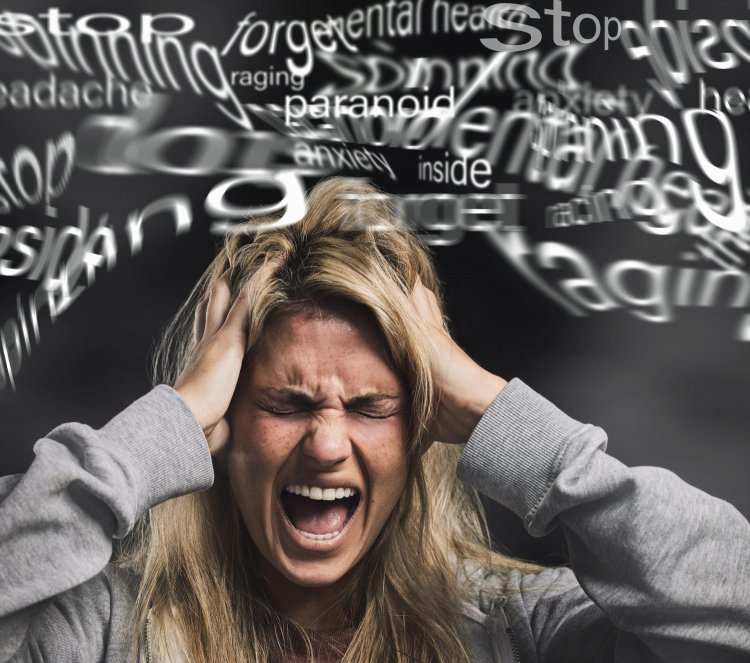Conquering the Fear: A Guide to Overcoming Panic Attacks
Panic attacks are sudden and intense episodes of fear or anxiety that can be debilitating for those who experience them. They can occur unexpectedly, without any apparent trigger, and can have significant effects on a person's life. In this comprehensive guide, we will explore the nature of panic attacks, their causes, symptoms, diagnosis, management strategies, and treatment options.

Panic attacks are overwhelming experiences that can strike without warning, leaving individuals feeling helpless and frightened. These episodes are characterized by a sudden onset of intense fear or discomfort, often accompanied by physical symptoms such as a rapid heartbeat, shortness of breath, trembling, sweating, and dizziness. Panic attacks can occur in various settings, from crowded spaces to the comfort of one's own home, and they can greatly disrupt a person's daily life.
What Exactly is a Panic Attack?
A panic attack is a discrete period of intense fear or discomfort, often accompanied by physical symptoms such as palpitations, sweating, trembling, shortness of breath, and a feeling of choking. These symptoms typically peak within minutes and can last for several minutes or even longer in some cases. Panic attacks can occur unexpectedly or in response to a perceived threat or trigger.
Understanding the Causes of Panic Attacks
The exact causes of panic attacks are not fully understood, but research suggests that they may result from a combination of genetic, biological, and environmental factors. Individuals with a family history of anxiety disorders may be more prone to experiencing panic attacks. Additionally, stressful life events, trauma, and certain medical conditions can contribute to their onset.
Exploring the Symptoms of Panic Attacks
Panic attacks manifest in a variety of physical and psychological symptoms, which can vary from person to person. Common symptoms include:
- Palpitations or accelerated heart rate
- Sweating
- Trembling or shaking
- Sensations of shortness of breath or smothering
- Feelings of choking
- Chest pain or discomfort
- Nausea or abdominal distress
- Dizziness or lightheadedness
- Fear of losing control or going crazy
- Fear of dying
- Numbness or tingling sensations
- Chills or hot flushes
These symptoms can be overwhelming and may lead individuals to believe they are experiencing a life-threatening emergency, further exacerbating their anxiety.
Impact of Panic Attacks on Daily Life
Panic attacks can have profound effects on various aspects of a person's life. They may lead to avoidance behaviors, where individuals try to avoid situations or places where they have previously experienced panic attacks. This can result in social isolation and difficulties in maintaining relationships. Additionally, panic attacks can interfere with work, school, and other daily activities, leading to decreased productivity and impaired functioning.
Diagnosing Panic Attacks
Diagnosing panic attacks involves a thorough evaluation of symptoms and medical history by a healthcare professional. The Diagnostic and Statistical Manual of Mental Disorders (DSM-5) outlines specific criteria for diagnosing panic disorder, which includes the presence of recurrent unexpected panic attacks and persistent concerns about having additional attacks or their consequences.
Coping Strategies During a Panic Attack
During a panic attack, it's essential to employ coping strategies to help manage symptoms and reduce distress. Deep breathing exercises, progressive muscle relaxation, and grounding techniques can be effective in calming the body and mind. It's also helpful to remind oneself that the panic attack will pass and that the symptoms are temporary.
Management and Treatment Options
Managing panic attacks often involves a combination of therapy, medication, lifestyle changes, and self-care strategies. Cognitive-behavioral therapy (CBT) is a widely used therapeutic approach that helps individuals identify and challenge negative thought patterns and behaviors associated with panic attacks. Medications such as selective serotonin reuptake inhibitors (SSRIs) and benzodiazepines may be prescribed to alleviate symptoms and prevent future attacks.
In addition to therapy and medication, lifestyle changes such as regular exercise, stress management techniques, healthy sleep habits, and avoiding caffeine and alcohol can also help reduce the frequency and severity of panic attacks. It's essential for individuals to develop a comprehensive treatment plan tailored to their specific needs and circumstances.
In conclusion, Panic attacks can be distressing and disruptive, but with proper understanding, management, and treatment, individuals can learn to cope with and overcome them. By seeking support from healthcare professionals, implementing coping strategies, and making lifestyle changes, individuals can regain control of their lives and reduce the impact of panic attacks on their well-being. With perseverance and support, it is possible to manage panic attacks and live a fulfilling life.
#PanicAttacks #MentalHealth #CopingStrategies #Therapy #Medication #CBT #SelfCare #Healthcare #WellBeing #Anxiety #StressManagement #HealthyLiving #Support #OvercomingChallenges #PositiveMindset
Disclaimer:
The information provided in this article is for educational purposes only and should not be considered medical advice. If you have any health concerns or are experiencing symptoms, it is important to consult with a healthcare professional, such as a doctor or clinic, for proper diagnosis and treatment. Always seek the advice of your doctor or other qualified health provider with any questions you may have regarding a medical condition. Do not disregard professional medical advice or delay in seeking it because of something you have read in this article.
What's Your Reaction?





















